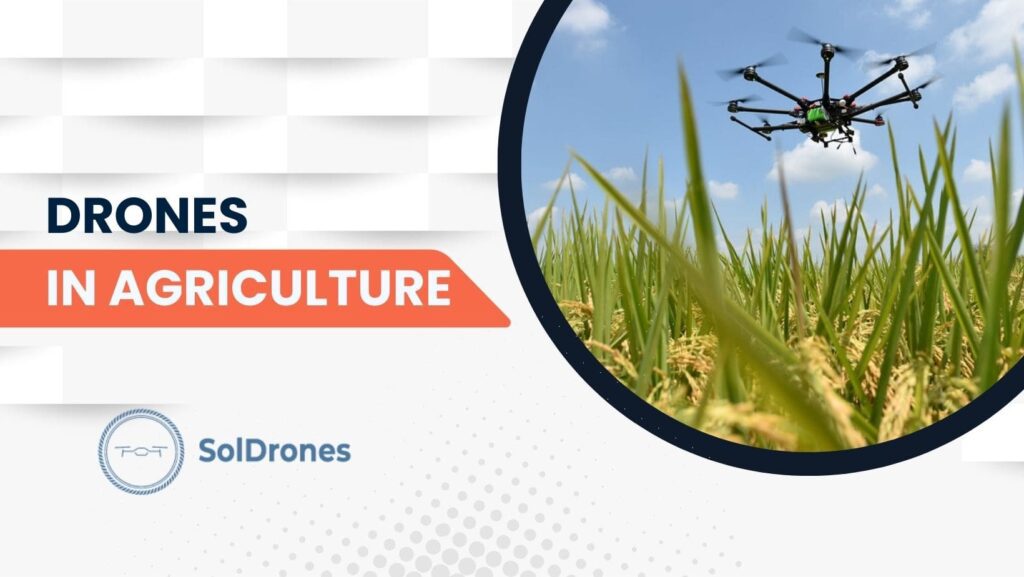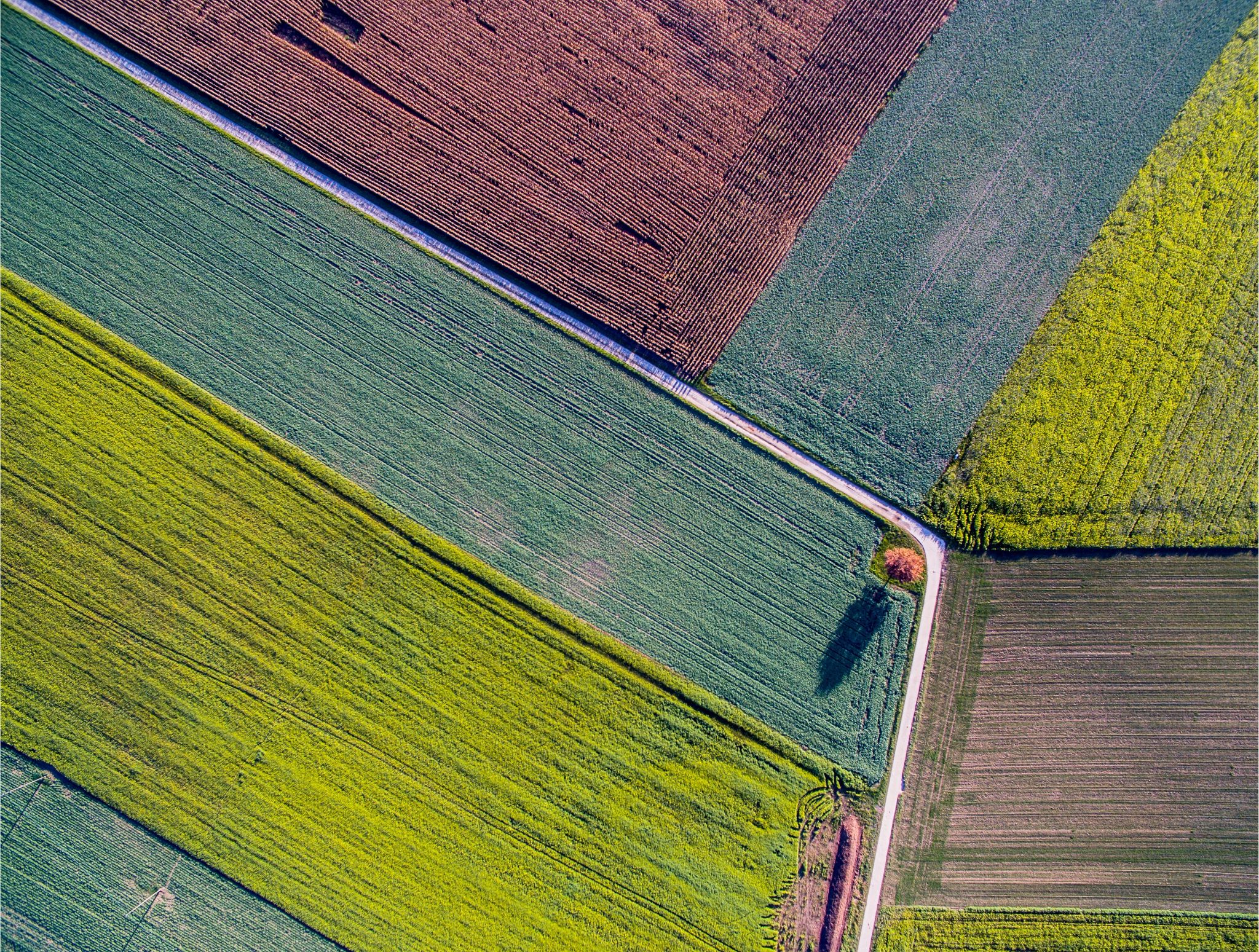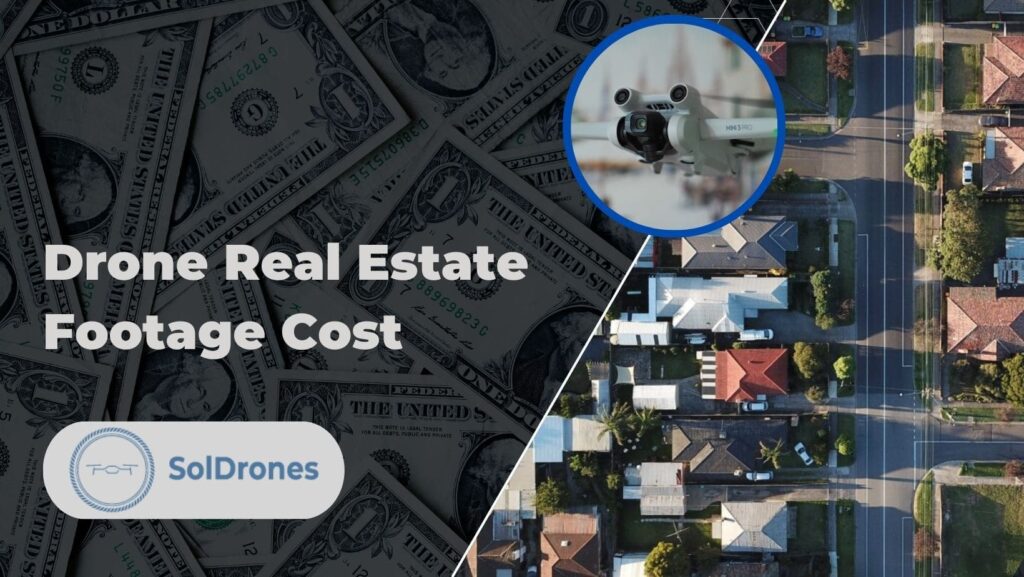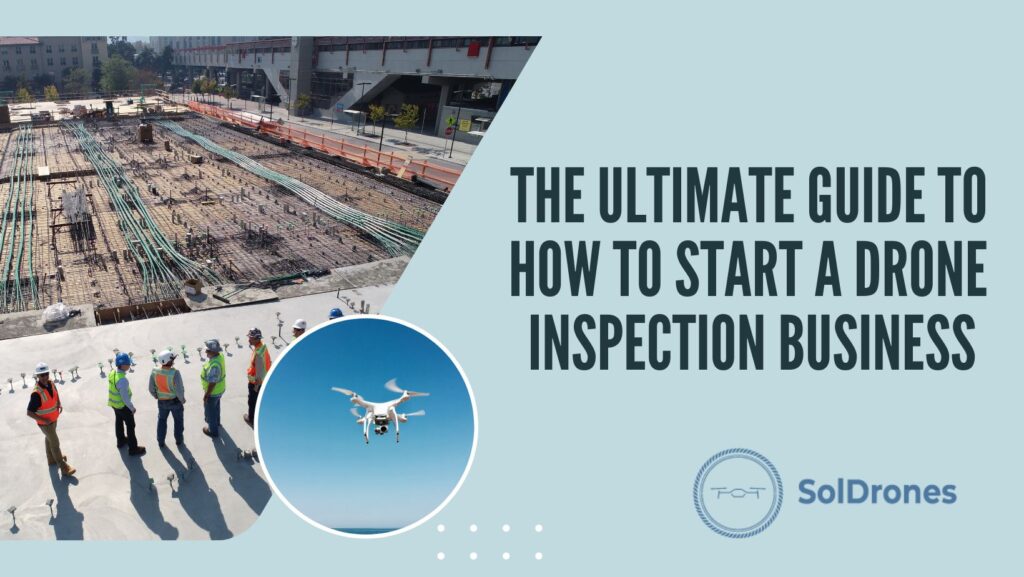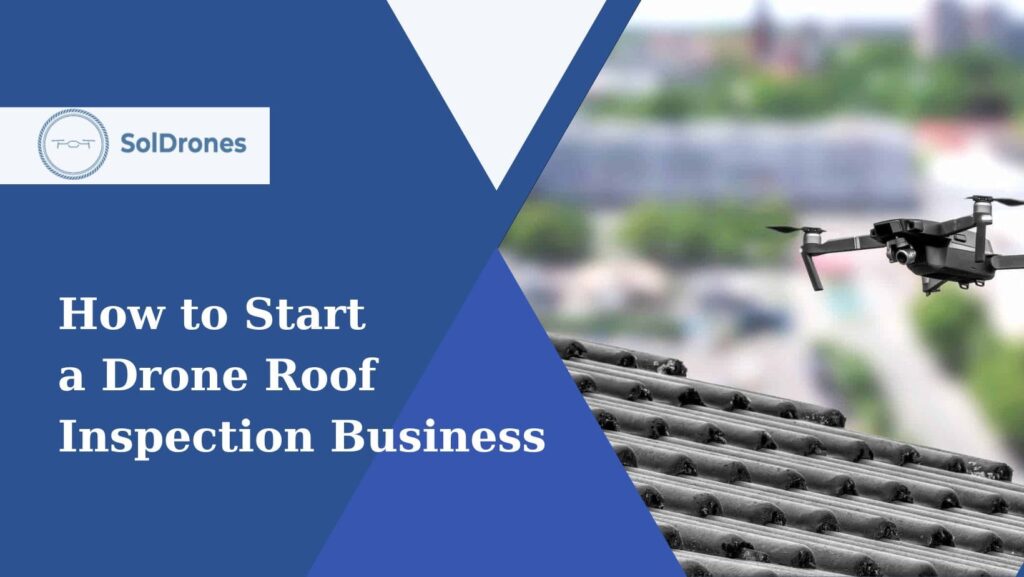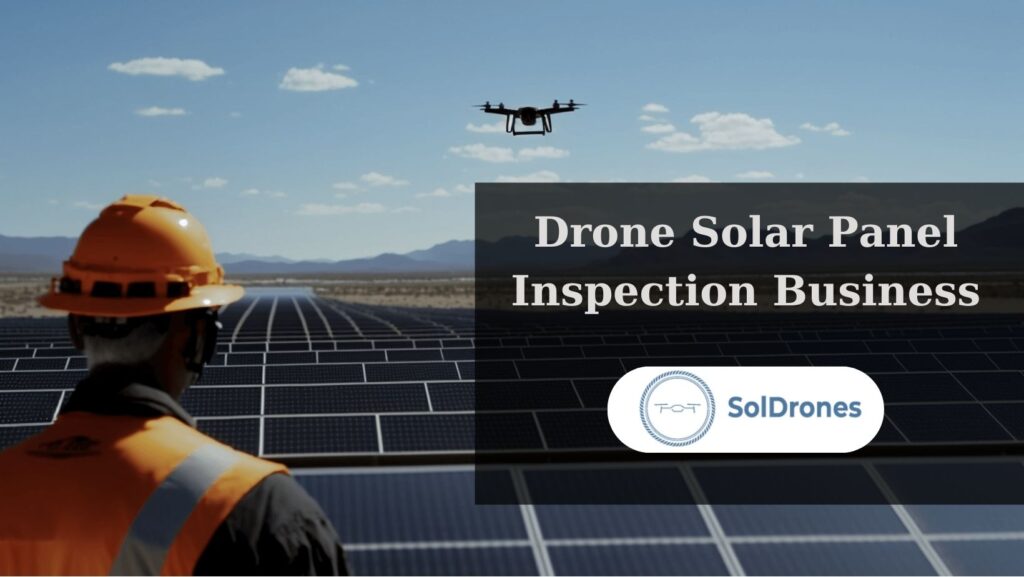The agriculture industry is witnessing a significant transformation, and drone crop spraying is at the helm.
Here at SolDrones, we specialize in the advancements in drone technology and how it’s impacting the agricultural industry around the globe.
If you’re involved in farm operations and are curious about drones – or unmanned aerial vehicles (UAVs), then this article is just for you. We’ll dissect the anatomy of a successful drone spraying business and cover the specifics of crop spraying drones.
From getting your hands on your first crop-spraying drone to mastering crop monitoring technology, we’ll tackle key questions like, just how many acres can a drone really spray? And, what are some of the key advantages of using drones to spray crops?
Welcome to a new era in farming. We’re excited to give you a comprehensive overview of the industry.
Article Highlights
- Crop spraying drones are helping farmers become more efficient and cost-effective with their operations
- The DJI Agras T30 is one of the largest and most used crop spraying drones on the market
- Starting a crop spraying business takes time and resources, but is absolutely achievable for ambitious farmers
The Rise of Drones Used for Agricultural Spraying
Evolution and adoption of drones in agriculture
Once exclusive to military operations and recreational use, drones have been increasingly adopted by the agricultural sector.
Stated by Yahoo! Finance:
As per the report by MarketsandMarkets, the global Agriculture Drone Market size is projected to reach $17.9 billion by 2028, at a CAGR of 31.5% during the forecast period, 2023-2028.
This shift has been spurred by technological advancements, regulatory changes, and the proven efficiency of drones in crop management. Farmers have embraced this innovative technology, drawn by its precise spraying, real-time crop monitoring, and the potential for significantly enhanced yields.
But why should you be interested in how drones are being used specifically to spray crops? After extensive research, we give you some of the key advantages below.
Advantages of drone spraying over traditional methods
- Increased Efficiency: Drones can cover a significant area in less time than traditional methods. With GPS integration, they can follow pre-determined flight paths, ensuring every inch of the crop gets the necessary treatment.
- Accurate Application: Drone technology allows for precision spraying, minimizing wastage of chemicals and reducing the environmental impact. Sensors and imaging capabilities enable accurate detection of areas requiring treatment.
- Cost-Effectiveness: The use of drones reduces labor and resource costs, providing long-term economic benefits for farmers.
- Access to Difficult Areas: Drones can easily reach areas that are inaccessible or difficult to navigate with ground equipment, ensuring comprehensive crop treatment.
- Reduced Soil Compaction: Unlike heavy ground equipment, drones do not contribute to soil compaction, thereby promoting healthier crops and better yields.
How Drones are Revolutionizing Crop Monitoring
In-depth Look at Crop Monitoring Technology
Drone technology, combined with advanced imaging sensors, has opened up new dimensions in crop monitoring. Drones equipped with multispectral and RGB cameras capture valuable data that is hard to obtain from the ground. The images, showing variations in light reflection, provide crucial information about crop health, allowing farmers to take timely actions to improve their yield.
If you’re interested in seeing a crop spraying drone in action, check out this video created by How Farms Work, where they debut the DJI Agras T30:
Video Credit: How Farms Work
Importance of Data Gathering and Analysis in Effective Crop Management
Real-time Data Collection: Drones enable the real-time collection of data, making it possible to monitor and react to changes quickly. This quick response can help mitigate potential issues before they escalate, preserving the overall crop health.
Precision Agriculture: High-resolution imaging allows for precise data collection, enabling farmers to apply treatments only where necessary. This targeted approach can minimize waste and maximize efficiency.
Historical Data for Future Planning: Drone data can be archived and analyzed over multiple growing seasons. This historical data can reveal patterns and trends, which can guide future planting strategies and crop management practices.
Comprehensive Aerial View: Drones offer a comprehensive aerial perspective that can reveal issues not visible from ground level, such as irrigation problems, soil variation, and pest and fungal infestations.
Case Studies of Successful Drone Usage in Crop Monitoring
Wheat Fields in Kansas
Drone technology was used to monitor wheat fields in Kansas, identifying areas affected by disease early. This allowed for timely treatment, saving a significant portion of the crop that would have otherwise been lost.
Corn Fields in Ohio
Drones were used to monitor the growth stages of corn in Ohio. The data gathered helped optimize fertilizer application, resulting in increased yield and cost savings for the farmers.
Vineyards in France
French vineyards have embraced drone technology to monitor grape ripeness. The data collected allows for precise harvest timing, ensuring optimal grape quality for wine production.
Analysis of How Many Acres a Drone Can Spray
The number of acres a drone can spray depends on various factors, including the drone’s battery life, tank capacity, and the spray rate. For example, a drone like the DJI Agras T20, equipped with a 20L tank and a battery life of about 10-15 minutes, can cover approximately 10 acres per hour under optimal conditions. However, the actual coverage may vary based on the nature of the terrain, weather conditions, and the efficiency of the drone operation.
Running a Drone Spraying Business
Steps to start a drone spraying business
If you’re an entrepreneurial minded farmer that sees an opportunity in starting a drone crop spraying business, the steps are fairly straightforward, which we’ve outlined for you below.
Step 1: Market Research: Understand the needs and opportunities in your region. Identify potential clients and gauge their interest in drone-based spraying services.
Step 2: Business Planning: Create a comprehensive business plan detailing your operating model, financial projections, and marketing strategies.
Step 3: Drone Procurement: Choose and purchase drones suitable for spraying operations, considering factors such as spray width, flow rate, and ease of operation.
Step 4: Certification and Training: Acquire necessary certifications and licenses for drone operation, and invest in thorough training to ensure efficient and safe operations.
Step 5: Marketing and Client Acquisition: Use online and offline marketing strategies to attract clients. Offer demonstrations and trials to showcase the benefits of your service.
Understanding Regulatory Requirements
Before deploying drones for agricultural purposes, it’s crucial to be well-versed in the relevant legal and regulatory frameworks. This not only ensures safe and effective operations but also prevents potential legal complications.
- FAA Regulations: Ensure compliance with the Federal Aviation Administration regulations. For drone operations, this often includes Part 107 certification.
- Pesticide Application Regulations: Understand and adhere to state and federal laws related to pesticide application. This may require additional licensing.
- Insurance: Acquire suitable insurance to cover potential liabilities associated with drone operations and pesticide spraying.
- Local Laws: Be aware of local laws that might affect your operations, such as noise restrictions or privacy laws.
Potential Challenges and Solutions in the Drone Spraying Business
Embarking on a drone spraying venture comes with its set of challenges. However, with foresight and strategic planning, these obstacles can be effectively addressed and overcome.
Here are some potential hurdles and their corresponding solutions:
Challenge | Solution |
Weather Conditions | Invest in drones equipped with weather resistance capabilities |
Limited Battery Life | Have multiple batteries and a quick charging system on-site |
Regulatory Restrictions | Keep abreast of changes in laws and advocate for favorable policy |
High Initial Investment | Seek business loans or investment, start small and scale up |
Best Practices in Drone Spraying
Employing best practices in drone spraying is not just a recommendation, it’s a necessity. It ensures the maximization of crop yield, reduces wastage of resources, and safeguards the environment. Key practices include conducting regular drone maintenance, pre-flight planning, optimal spray timing, and respecting wind conditions.
Role of flight altitude, spray drift, droplet size, and wind velocity in effective drone spraying
Each of these factors plays a significant role in the effectiveness of drone spraying:
- Flight Altitude: Maintaining an optimal flight altitude ensures uniform spraying and minimizes the risk of spray drift. Too high, and spray distribution is affected; too low, and there’s a risk of crop damage.
- Spray Drift: Spray drift can cause inefficiencies and environmental contamination. To control it, operators should carefully consider weather conditions, flight speed, and droplet size.
- Droplet Size: The size of droplets can impact the spray coverage and drift. Smaller droplets cover a larger surface area but are more prone to drift. Adjusting nozzles and pressure can control droplet size.
- Wind Velocity: Wind can significantly influence spray drift. Ideal conditions are calm to light winds, but spray operations should be avoided in high winds.
Importance of following drone operator manual instructions
Adhering to the drone operator manual is crucial for safety and operational efficiency. It contains essential information on the drone’s features, operation, maintenance, and troubleshooting. Ignoring these instructions could lead to ineffective spraying, equipment damage, or even accidents. Every drone model is unique, and the operator’s manual is the best source for accurate, model-specific information.
Regulatory Challenges and Future Trends in Drone Spraying
Overview of current FAA regulations related to drone spraying
As of today, the Federal Aviation Administration (FAA) has specific guidelines in place for drone spraying operations. These regulations emphasize the need for pilot certification, drone registration, and adherence to operational rules. Some of the key stipulations include:
- Unmanned aircraft must weigh less than 55 pounds, including the payload.
- Drones must remain within the operator’s line of sight.
- Operations must be conducted during daylight hours or civil twilight.
- Maximum ground speed should not exceed 100 mph.
- Altitude should not exceed 400 feet above ground level.
Examination of potential changes in regulations and technological upgrades
The rapid evolution of drone technology and its potential for economic impact may drive changes in regulations. There is growing interest in relaxing restrictions on “swarming,” where one pilot operates multiple drones, or drones operate autonomously. Technological upgrades could also play a significant role in shaping the future of drone spraying. Improvements in battery life, spray width, flow rates, and operational speeds are anticipated, along with advancements in precision spraying and route planning technology.
Anticipated future trends in drone spraying technology
As the drone industry continues to innovate, several trends are expected to shape the future of drone spraying:
- Larger Drones: As regulations evolve, we may see the emergence of larger drones capable of carrying more significant payloads.
- Improved Precision: Advancements in technology will likely lead to more accurate variable-rate application and spot spraying.
- Increased Autonomy: With improvements in AI and machine learning, drones could become increasingly autonomous, improving efficiency and reducing labor costs.
- More Comprehensive Data Analysis: Drones could offer more extensive data collection and analysis, enabling more efficient pest and disease management.
This is a rapidly evolving field, and those interested in drone spraying should regularly check FAA and EPA regulations, drone manufacturer updates, and research findings to stay current with these developments.
Comparing Drone Performance with Ground Sprayers and Conventional Aircraft
In comparing drone spraying with conventional methods, numerous studies have highlighted the following points:
- Coverage: Drones are capable of covering areas that are otherwise difficult for ground sprayers or conventional aircraft to reach. They can spray under low canopies and on steep slopes where conventional machinery would struggle.
- Precision: Drones, equipped with advanced imaging and GPS technology, provide a level of precision unmatched by traditional methods, leading to less wastage and reduced costs.
- Safety: With drones, operators can avoid the risks associated with manual spraying or flying low-altitude aircraft.
- Environmentally Friendly: Drone spraying uses less water, reduces chemical runoff, and allows for more precise pesticide application than conventional methods, contributing to environmental sustainability.
Understanding the efficiency and practicality of drone spraying
While the benefits of drone spraying are undeniable, it’s important to understand its practical implications:
- Operational Costs: Drone operations involve costs for the drone itself, equipment maintenance, software, and the operator’s time. However, these costs are often offset by improved crop yields and reduced waste.
- Skill Requirement: Operating a spraying drone requires training and a degree of technical know-how, which might require investment in time and resources.
- Regulatory Compliance: As noted, drone operators must abide by a set of regulations and may need to acquire specific certifications.
Therefore, while drone spraying presents a promising future, its adoption requires careful consideration and strategic planning. Future technological advancements and regulatory changes are expected to make drone spraying an even more efficient and practical choice for farmers.
Final Thoughts
The integration of drone technology in agriculture is reshaping the way farmers manage their crops. Offering unmatched precision and efficiency, drones are streamlining processes from crop monitoring to spraying. Their adoption could mark a pivotal point in agricultural history, propelling the industry into a future of sustainable and technology-driven farming. As regulatory landscapes evolve and technology improves, the potential of drone spraying continues to unfold. However, success hinges on staying informed, understanding the unique business challenges, and implementing best practices. The world of agriculture is on the cusp of a technological revolution, and drones are leading the charge.
FAQs
What advantages do crop spraying drones offer over traditional methods?
Crop spraying drones offer numerous advantages over traditional methods such as manual labor or aerial spraying. These include precise application, reducing chemical use, and the ability to spray in varied terrains and weather conditions. Moreover, drones also minimize exposure to harmful chemicals for workers.
How many acres can a drone spray?
The number of acres a drone can spray varies based on the drone model and its specifications. However, on average, an agricultural drone can cover around 24 acres per hour. It’s important to understand the drone’s features and capabilities to optimize its use.
How do you start a drone spraying business?
Starting a drone spraying business involves several steps. This includes understanding the market, purchasing the right equipment, learning about and adhering to regulations, and building a customer base. However, it’s also important to keep in mind the unique challenges in this industry and have strategies in place to mitigate them.
What are the current FAA regulations related to drone spraying?
FAA regulations require that drone operators for agricultural spraying be certified under Part 107 rules, keep the drone within visual line of sight, and not fly over people or moving vehicles. The drone must also weigh less than 55 lbs., and flights must take place during daylight hours. However, waivers can be requested for certain conditions.
What future trends can we anticipate in drone spraying technology?
Future trends in drone spraying technology are likely to involve enhanced precision, increased automation, and integration with other farming technologies. Developments in AI and machine learning could lead to drones being able to analyze crop health and deliver exact amounts of pesticides or fertilizers. As regulations evolve, we can also expect a rise in the commercial usage of drone technology in agriculture.

